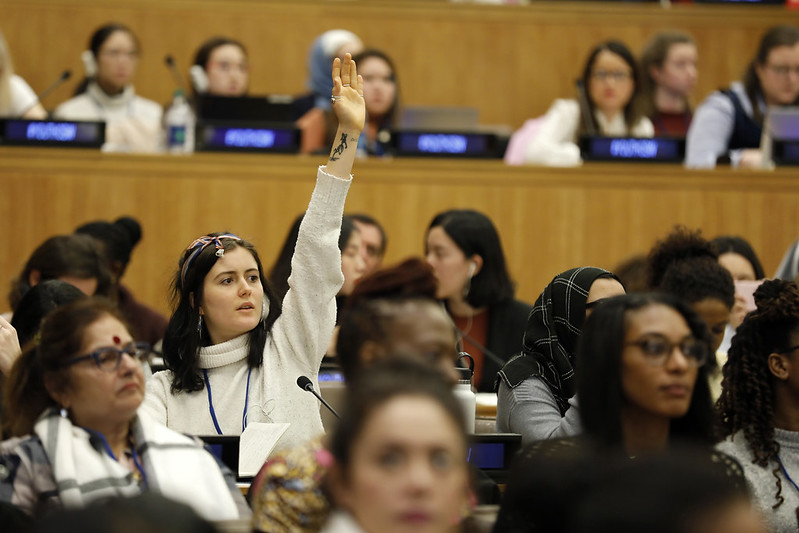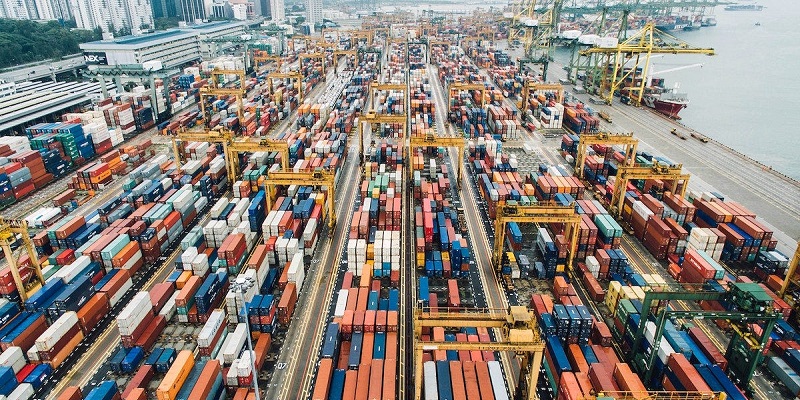On 15 August 2021 the Taliban seized control of Afghanistan’s capital Kabul. A year on, whatever optimism there was for a more moderate Taliban has largely dissipated.
A year after the completion of the United States’ shambolic withdrawal from Afghanistan, some key dimensions of the ongoing crises that confront the Afghan people have become painfully clear. The killing by the United States on 31 July 2022 of the Al Qaeda leader Aiman al-Zawahiri, in the heart of Kabul, highlighted very powerfully the limitations of the naïve narrative that anticipated a brighter future under a “Taliban 2.0.” Yet this dramatic demonstration of Taliban bad faith – given that they had promised in their 29 February 2020 bilateral agreement with the US that they would not “host” Al Qaeda – represented only the tip of an iceberg. President Biden, announcing Zawahiri’s death, used extravagant language to express US principles and resolve: “to protect the innocent, defend liberty … we keep the light of freedom burning — a beacon for the rest of the entire world.” One would hardly have guessed that Biden had only recently abandoned a major non-NATO ally of the US to an extremist group with active Al Qaeda connections, with the freedom of innocent people being spectacularly degraded as a result.
Afghanistan’s problems are, above all, political. They reside in the very nature of the Taliban, a totalitarian movement that recognises no private sphere into which it cannot intrude. It is built around a kind of Führerprinzip in which its Amir al-Momineen (“Lord of the Believers”), has the decisive final say on any issue. The ideology of the movement comprises the convictions and the prejudices of the man on top, currently Hibatullah Akhundzada, an ultra-conservative extremist from Kandahar. In the Taliban’s Afghanistan, there is a total absence of formally-defined political institutions. There is no functioning constitution, no system of checks and balances of the kind that constitutionalism requires, and no semblance of the rule of law. This reflects the Taliban’s deep hostility toward politics as a device for identifying and managing difference and complexity within society. Taliban officials have been forthright in scorning the ideas of popular or democratic choice, and of human law (as opposed to divine law as interpreted by their Amir). One consequence of this is that the notion of “inclusivity,” rightly raised repeatedly by Western actors seeking to engage with the Taliban, is anathema to their idiosyncratic “philosophy.” This is something that has become very clear in their scornful treatment of the jurisprudence and traditions of Afghanistan’s Shiite Muslims, largely made up of ethnic Hazaras, who are subject to brutal attack by terrorists, and who have very little hope of any meaningful protection from the Taliban.
Repression has been the central device used by the Taliban to consolidate their regime. This is hardly surprising, for a 2019 survey conducted by the Asia Foundation found that 85.1 percent of Afghans had no sympathy whatsoever for the Taliban, implying that the Taliban were in no position to rely on legitimacy – that is, generalised normative support – to secure their rule. As a result, they have spent a lot of time and effort hunting down targeted officials of the former state, and soldiers from the Afghan National Army, many of whom remain trapped in hiding places, fearful that the Taliban may catch up with them at any moment. In areas such as Panjsher and Baghlan, seen by the Taliban as potential points of more focused resistance, it has become common for people to be dragged away at random and murdered. Women have experienced suffocating repression, partly as a result of the Taliban’s intrinsic ultra-conservatism ‒ amounting to “gender apartheid” ‒ but partly because women are easy targets for repression, and by successfully keeping women under extreme restrictions, the Taliban can seek to convey the message that their regime is firmly in control. Much attention has focused on the prohibition of high school attendance for girls, but even in the unlikely event of Taliban concessions on this point in the foreseeable future, there are major issues relating to the corruption of the curriculum by Taliban extremists focused on replacing modern education with their brand of religious studies.
Afghanistan also confronts a dire humanitarian situation. Some in the humanitarian sector have sought to pin the blame for this largely on the freezing by the United States of reserves of the Afghanistan central bank, arguing – absurdly – that the central bank “is an independent institution” with “full autonomy to operate without political interference.” But even the story of the reserves is a more complex one, and there are three deeper challenges. One is that the problem of bank liquidity pales in comparison to the more intractable problem of the loss of purchasing power. This is a direct result of the advent of an extremist regime that foreign donors (with their own domestic politics to consider) are simply unwilling to support financially in the way that they were prepared to support its predecessor. Another is that the Taliban are preoccupied with the exercise of control, and with the enforcement of their view of moral purity, rather than with ensuring the welfare of ordinary people. This was revealingly exposed when, following a major earthquake in Paktika in June 2022, a Talib remarked of the victims: “This was an act of God and they need to accept it … When God is angry with people he sends events like this. It’s a test.” A third is the challenge of delivering aid without the risk of its being diverted to boost the coercive capacity of the Taliban regime.
When the Taliban seized power, there was some hope that a desire for aid and recognition would prompt “moderate Taliban” to create a regime far more attuned to global concerns than had been the Taliban regime between 1996 and 2001. As things turned out, however, the idea of moderate Taliban proved about as useful as the idea of moderate white supremacists. This became obvious when Sirajuddin Haqqani, an FBI-designated terrorist, was appointed as Taliban “interior minister,” setting the scene for Taliban hospitality for the likes of Zawahiri and other terrorist operatives, as well as the rogue Afghan soldier Hekmatullah who had murdered three Australians in August 2012. The Taliban are not driven simply by interests; they have values which are fundamentally anti-modernist. Diplomacy ‒ in many circumstances a valuable tool for managing differences between parties ‒ is not well equipped to bridge a gulf as deep as that which separates the Taliban from most other state-actors in the modern world. Even their long-term Pakistani backers have found them to be increasingly troubling because of their support for Pakistani radicals.
There is therefore potentially little to gain and much to lose from attempts to undertake “constructive engagement” with the Taliban. A sterner approach is required. The Norwegian government was left somewhat red-faced when Taliban participation in an Oslo meeting in January 2022 did nothing to moderate their policies but allowed them to claim that they were increasingly accepted internationally. Where engagement seems unavoidable, it should be at the lowest possible level. There is much to be said for allowing waivers on travel bans for key Taliban players to lapse, and for states to maintain active support for Afghan embassies beyond Taliban control, and for moderate Afghan forces in exile. As the late Owen Harries remarked, if one acts as if one can be taken for granted, one will be taken for granted.
Emeritus Professor William Maley, AM FASSA, FAIIA is author of Rescuing Afghanistan (2006), Transition in Afghanistan: Hope, Despair and the Limits of Statebuilding (2018) and The Afghanistan Wars (2021), and co-author (with Ahmad Shuja Jamal) of The Decline and Fall of Republican Afghanistan (2023).
This article is published under a Creative Commons License and may be republished with attribution.




